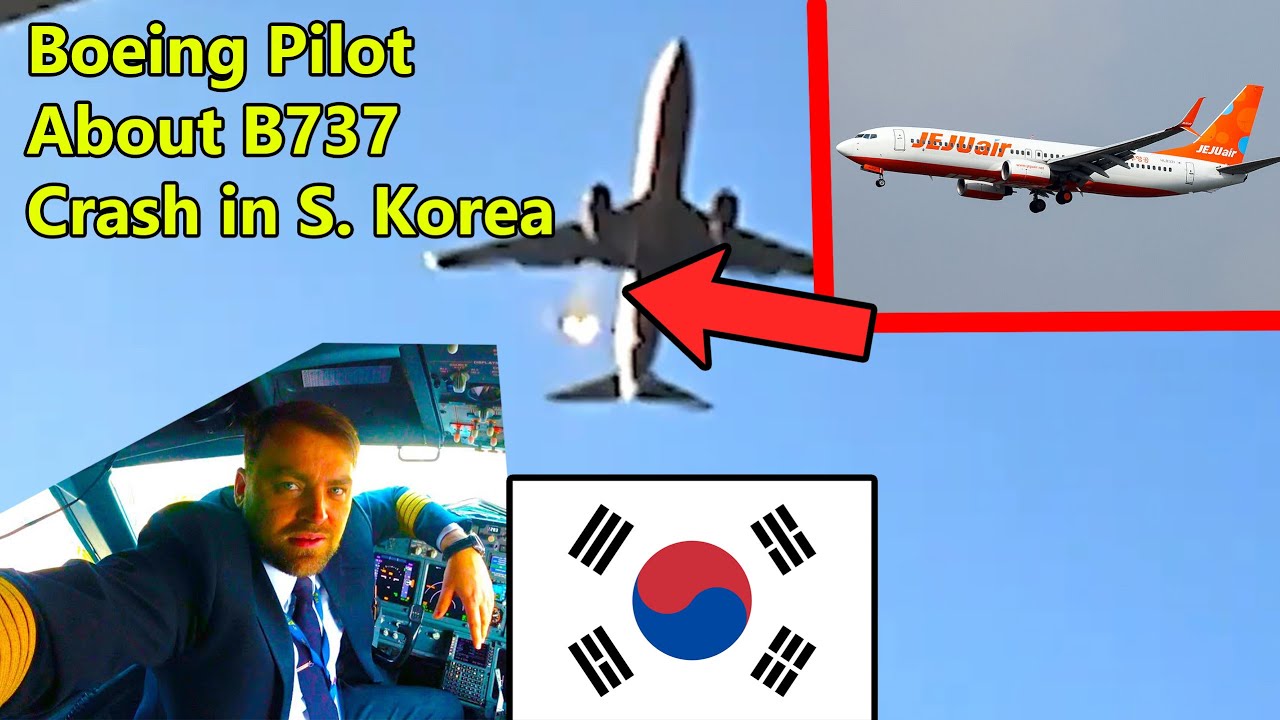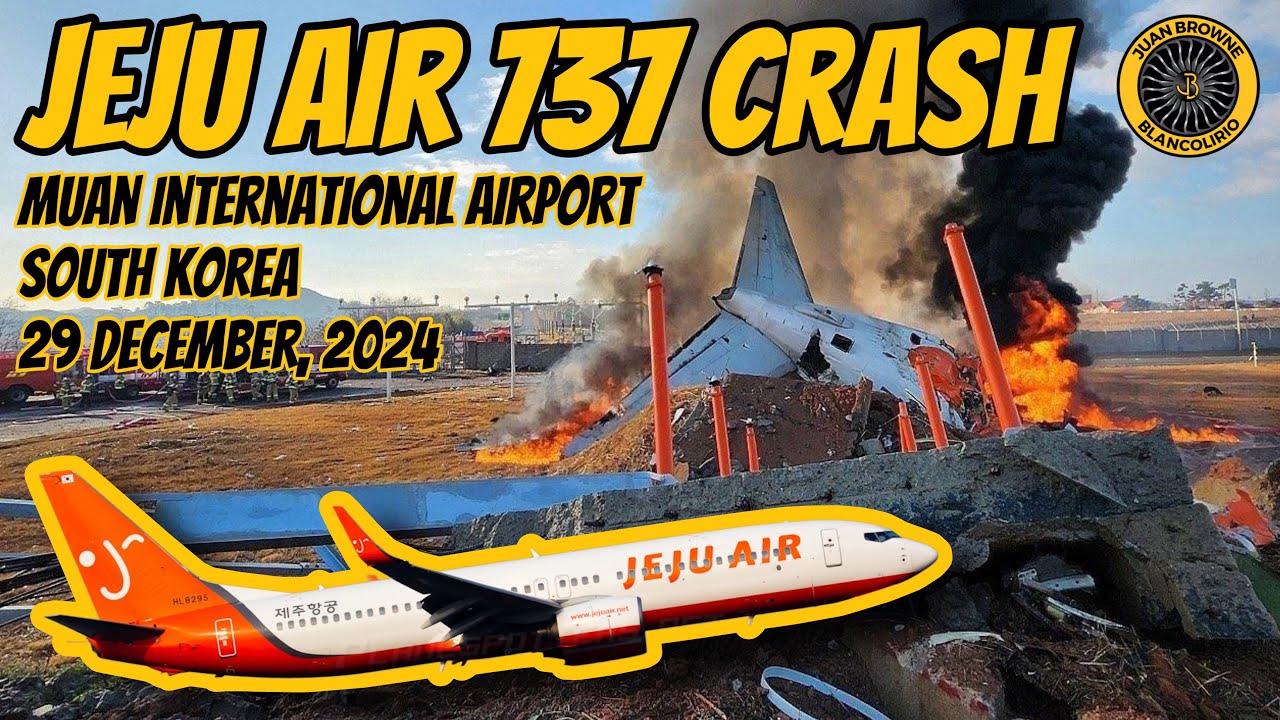John Cox, a 737 pilot and aviation safety consultant, said the investigators will likely look at whether birds disabled one or both of the jet’s engines as well as the size and number of birds ingested.
They will likely assess how much “bird residue” is found in the engines’ cores, Cox said, and depending on the probe’s findings the accident could prompt an assessment of certification standards for bird strikes on engines.
“The airplane will fly just fine on one engine and the crews are trained for that,” Cox said. “Typically you take time to go out and fly, get all the checklists done. They didn’t do that. They kind of went straight to the runway which makes me question about the second engine—was it operating or not?”
The head Jeju Air pilot had more than 6,800 hours of flight experience and had held his current role since March 2019; the co-pilot had roughly 1,650 hours in the cockpit, according to South Korea’s transport ministry.
Losing two engines due to bird strikes is rare but has happened—notably with the “Miracle on the Hudson” flight that landed on the river between Manhattan and New Jersey in 2009.
“It limits the choices a lot” for pilots to resolve the emergency, said Cox, the aviation safety consultant. “But it’s really rare. The engines will typically tolerate a fair amount of birds.”
The Boeing 737-800—a predecessor of the 737 MAX—is one of the safest airplanes ever built, and an inability to lower the landing gear would be rare and have backstops, such as procedures or checklists to follow if there had been a deployment failure, said Jeff Guzzetti, a former senior accident investigator with the National Transportation Safety Board and the Federal Aviation Administration. Guzzetti, who is now an aviation-safety consultant, said he was puzzled by the crash.
“If there was a failure there, why not continue to fly, burn off fuel so you don’t have a lot of fuel on board?” Guzzetti said. “You call emergency rescue crews to be ready for you. I don’t see any of that there.”
The Muan International Airport is also surrounded by various bodies of water, meaning the pilots could have opted for a safer sea landing, said Hiroshi Sugie, a former Japan Airlines pilot who has written books about aviation safety.
The pilots appear to have landed in the most dangerous way, Sugie said. “There are just too many errors here,” he said. “A belly landing isn’t something you rush into doing.”
https://www.wsj.com/world/asia/at-least-28-killed-in-plane-crash-in-south-korea-670db7c2?mod=hp_lead_pos1





